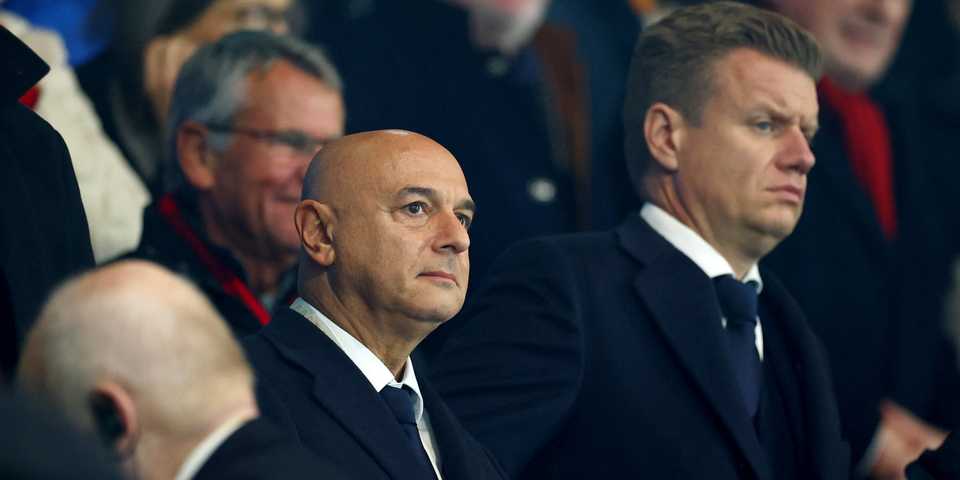With the summer transfer window now in full swing, Tottenham Hotspur are finally beginning to make moves after a period of uncertainty.
While several Premier League rivals wasted no time in securing early signings, Spurs’ delayed activity stemmed from their managerial situation—first waiting to confirm Ange Postecoglou’s departure, then finalizing Thomas Frank’s appointment.
The club has already ticked off a few necessary deals, converting loan agreements into permanent transfers. Defender Kevin Danso’s move from Lens was finalized as part of a pre-existing obligation, while Mathys Tel’s switch from Bayern Munich became permanent following Frank’s approval.
However, incoming signings remain scarce, with most of the early business focused on outgoings.
Departures Signal a Squad Refresh
Several players have already exited Tottenham this summer. Goalkeepers Alfie Whiteman and Fraser Forster departed upon the expiration of their contracts, as did full-back Sergio Reguilón.
Timo Werner’s loan spell also concluded, sending him back to RB Leipzig. But one confirmed departure that flew slightly under the radar was Pierre-Emile Højbjerg’s permanent exit to Marseille.
The Danish midfielder had already spent last season on loan with the French club, where he became an integral part of Robert De Zerbi’s system.
Starting 30 of Marseille’s 34 league matches and playing nearly every minute, Højbjerg contributed two goals and four assists in Ligue 1, helping secure a runners-up finish and Champions League qualification.
His consistent performances triggered the obligatory purchase clause in the loan deal, ensuring Marseille would pay £17 million to sign him permanently.
Højbjerg’s sale represents a shrewd piece of business by Tottenham chairman Daniel Levy. Signed from Southampton in 2020 for £15 million, the midfielder was entering the final year of his contract, typically diminishing a player’s market value.

Yet Levy not only recouped the initial investment but secured a £2 million profit—a rare feat in such circumstances.
This deal highlights Levy’s ability to maximize returns, even when a player’s future at the club appears limited. Højbjerg’s importance at Marseille justified the fee, proving that Tottenham’s decision to include an obligation rather than an option was the right call.
What’s Next for Spurs?
With Frank now settled in the dugout, attention turns to potential reinforcements. The squad still requires upgrades in key areas, particularly in midfield following Højbjerg’s departure.
While the permanent acquisitions of Danso and Tel provide stability, more high-profile signings will be needed if Tottenham are to improve upon last season’s disappointing Premier League campaign.
The challenge for Frank and Levy will be balancing financial prudence with ambition. The Højbjerg deal demonstrates that Spurs can extract value from outgoing transfers, but reinvesting wisely will be crucial.
As the window progresses, expect Tottenham to accelerate their efforts in the market—especially if they aim to compete on multiple fronts next season.
For now, the focus remains on reshaping the squad efficiently. If Levy can continue negotiating favorable deals while Frank identifies the right targets, Spurs may yet turn a slow start into a productive summer.
One thing is certain: the next few weeks will be pivotal in determining whether Tottenham can build a team capable of challenging at the top end of the table.

